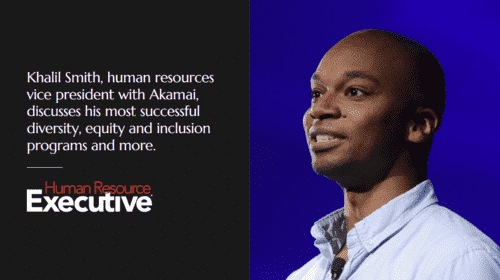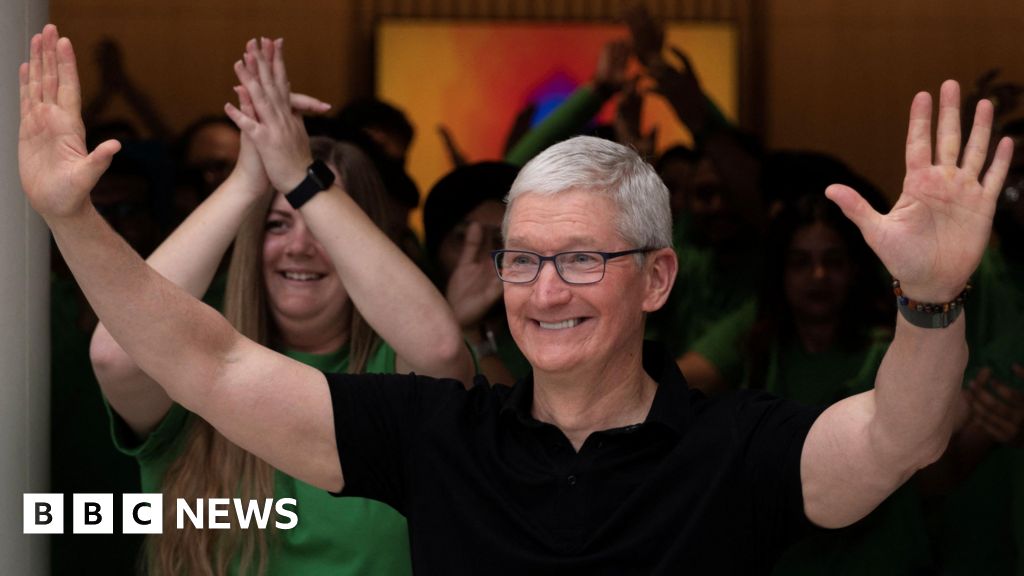The World Economic Forum estimates that AI will replace 85 million jobs by 2025, while also creating 97 million new jobs in the same timeframe.
For many organizations looking to bring AI to their workplaces, forming parameters around privacy and data security will be paramount to establish trust between humans and the technology that’s automating their work.
As chief people officer at Qualtrics, an Experience Management software company helping thousands of organizations around the world improve their employees’ experiences, I know that organizations are currently only scratching the surface on how AI is going to impact the employee experience. AI has the potential to transform the way we get work done together, for better or worse.
As leaders introducing this powerful new technology, our shared aspiration must be to take the lessons we’ve learned over the past few years about burnout, work/life harmony and mental health, and apply them to the way we use AI, so that we can enhance the human experience at work. Through that lens, the prospects are exciting.
Here are three opportunities leaders can take to center their employees as they roll out AI technologies:
Reinventing how employees invest their time
Senior leaders have a unique opportunity to restructure how employees prioritize their time. Instead of workers feeling the pressure to always be connected, AI can enable employees to automate menial tasks and focus their time on the most impactful work—collaboration to come up with creative ideas, for example. Qualtrics research shows that nearly half (49%) of employed Americans work for an hour or more a day on vacation. Turning over time-consuming tasks to AI will create space for workers to step away, rest and recharge. After all, we work to live, not live to work.
And I’d be remiss not to acknowledge the impact of maximizing human output to the point of burnout. Even simple tasks, while less taxing on our minds, require focus. By the same token, we as humans can only take on so much “deep think” work; having time for both is healthy. Leaders should be intentional about the kinds of work team members are doing, how much time they’re spending and how their skills could be best optimized, while also helping them avoid burnout.
Transforming career development
Instead of being bogged down by repetitive work tasks that don’t push them to build new skills, employees, with the guidance of HR and managers, can better align their day-to-day work to their ultimate career goals and future potential.
For example, people leaders won’t need to take time to pull reports and analyze employee feedback data; AI tools can do that for them. HR professionals can then focus more time on improving communication with the executives they support and strategize about new employee engagement initiatives. In turn, the organization’s overall employee experience improves.
See also: 3 steps to get started with ethical AI for HR
Enabling deeper, more varied human relationships
By being able to focus on higher-priority work and minimize monotony, employees will have more freedom and flexibility to develop closer relationships with their colleagues, both on their teams and across the organization. They will get time back that they would have spent doing simple, administrative tasks, and instead build deeper connections with their peers, an important part of keeping businesses human.
Bottom line: The pandemic transformed the way we work, and AI also has the potential to transform our work quality, career trajectories and workplace relationships. And it’s not a matter of “if”; it’s a matter of “when.” Let’s learn from one another on how to be thoughtful when introducing such a powerful new technology to our employees.
Credit: Source link










